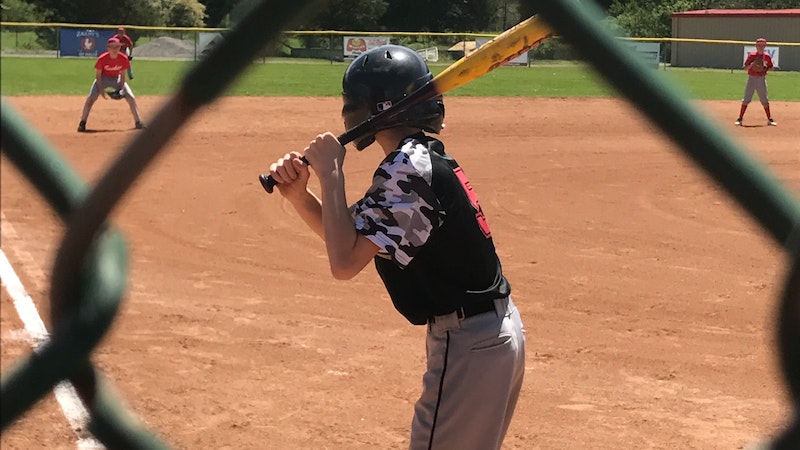In the world of Major League Baseball (MLB), earning the coveted batting title is a testament to a player’s exceptional hitting prowess.
However, behind this prestigious honor lies a specific criterion that often leaves fans and even seasoned enthusiasts with questions. “How many at-bats to qualify for batting title?”
This seemingly straightforward question has nuances that impact a player’s eligibility for this esteemed accolade.
In this blog post, we will unravel the intricacies of the batting title qualification process, shedding light on the required number of at-bats, exceptions, and special cases that can influence a player’s eligibility.
Whether you’re a dedicated baseball follower or just curious about the sport’s inner workings, this exploration will provide clarity on this fundamental aspect of the game. Stay sharp.
What Is at Bats in Baseball?
In baseball, “at bats” (AB) refers to the number of times a batter steps into the batter’s box with the intent to hit the ball.
It is a fundamental statistic used to measure a player’s offensive performance. An at-bat is recorded whenever a batter:
- Receives a pitch from the pitcher.
- Swings at the pitch (regardless of the outcome).
- Does not swing, but the pitch results in a called strike.
- Makes contact with the ball, even if it results in an out (e.g., a groundout or flyout).
At bats are essential for calculating various offensive statistics, such as batting average (BA), which is the ratio of hits to at-bats, and on-base percentage (OBP), which factors in walks and hit-by-pitches in addition to hits.
The Basics of the Batting Title
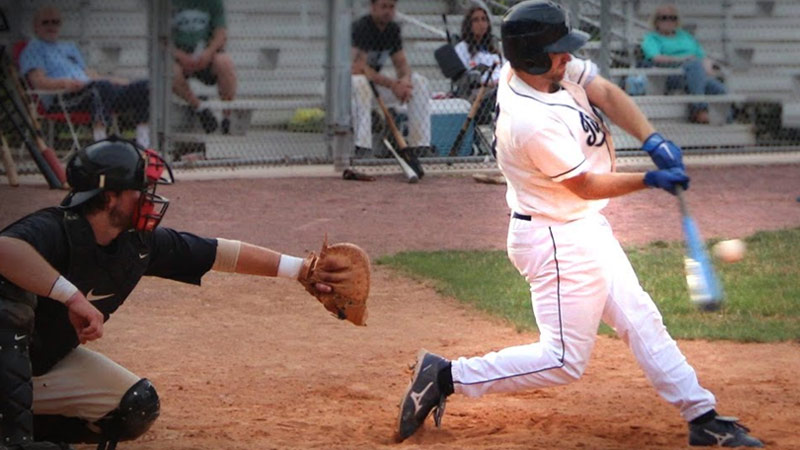
The batting title in baseball is an honor bestowed upon the player with the highest batting average (BA) in a given league during a single season. Here are the basics of the batting title:
Batting Average (BA)
The batting average is a statistical measure of a player’s hitting proficiency. It is calculated by dividing the total number of base hits a player records in a season by their total number of official at-bats (AB).
The result is a decimal number that is typically displayed to three decimal places (e.g., .325).
Eligibility
To qualify for the batting title, a player must have a minimum number of plate appearances (typically 3.1 plate appearances per team game, or 502 plate appearances in a 162-game season).
This rule prevents players with limited playing time from winning based on a small sample size of at-bats.
Determining the Winner
The player with the highest batting average in their respective league at the end of the regular season is awarded the batting title. This distinction is separate for the American League (AL) and the National League (NL).
Historical Significance
Winning a batting title is considered a prestigious achievement in baseball, and players who consistently have high batting averages are often regarded as some of the best hitters in the sport’s history.
Multiple batting titles over a career can enhance a player’s Hall of Fame credentials.
Tiebreakers
In the event of a tie-in batting average, the player with the most hits wins the title. If a tie persists, it may be awarded to the player with the fewest at-bats per hit.
The batting title is a coveted accolade in baseball, celebrating the consistency and skill of hitters who excel in making contact with the baseball and getting on base.
How Many at Bats to Qualify for Batting Title?
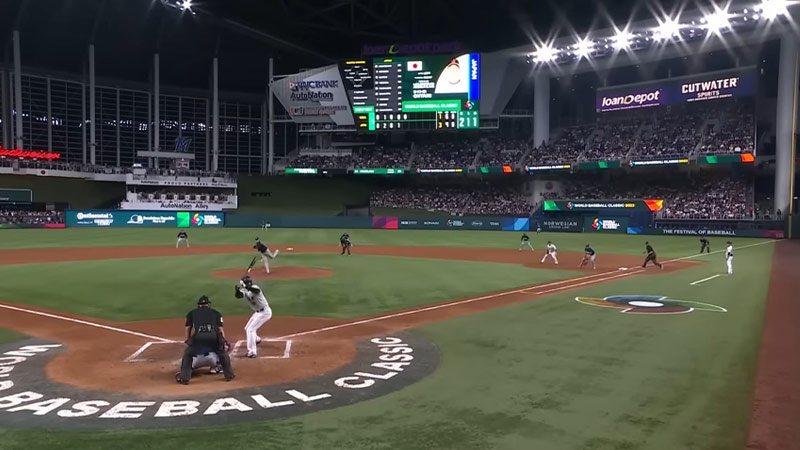
To qualify for the batting title in Major League Baseball (MLB), a player typically needs to have a minimum at-bats to qualify for the batting title of 3.1 plate appearances per team game over the course of the regular season.
In a 162-game season, this equates to approximately 502 plate appearances. This rule ensures that players have a sufficient sample size of at-bats to be considered for the batting title.
It’s worth noting that the exact number of at-bats needed for batting title required for qualification may be adjusted in the case of a shortened season, such as a strike-shortened season.
Also, a season affected by external factors like the COVID-19 pandemic. In such cases, MLB may prorate the plate appearance requirement to align with the shortened schedule.
Additionally, players who fall just short of the plate appearance threshold but have the highest batting average may still be recognized for their achievement, even if they don’t officially win the batting title.
Calculating Batting Average for Batting Title
Calculating the batting average (BA) for the purpose of competing for the batting title in baseball is a straightforward process.
To determine a player’s batting average, you’ll need two pieces of information: the total number of base hits (H) the player has recorded and the total number of official at-bats (AB) they have during the season.
Here’s the formula:
Batting Average (BA) = Total Hits (H) / Total At Bats (AB)
Total Hits (H)
This represents the sum of all the base hits a player has accumulated in the season. Base hits include singles, doubles, triples, and home runs but do not include walks, hit-by-pitches, or sacrifices.
Total At Bats (AB)
This refers to the total number of times a player has stepped into the batter’s box with the intent to hit the ball.
It includes all plate appearances where the player swung the bat, made contact (even if it resulted in an out), or took a called strike.
For example, if a player has 150 hits and 500 official at-bats in a season, their batting average would be calculated as follows:
BA = 150 Hits / 500 At Bats = 0.300
So, the player’s batting average would be .300, which is often expressed to three decimal places.
MLB at Bats Needed to Qualify
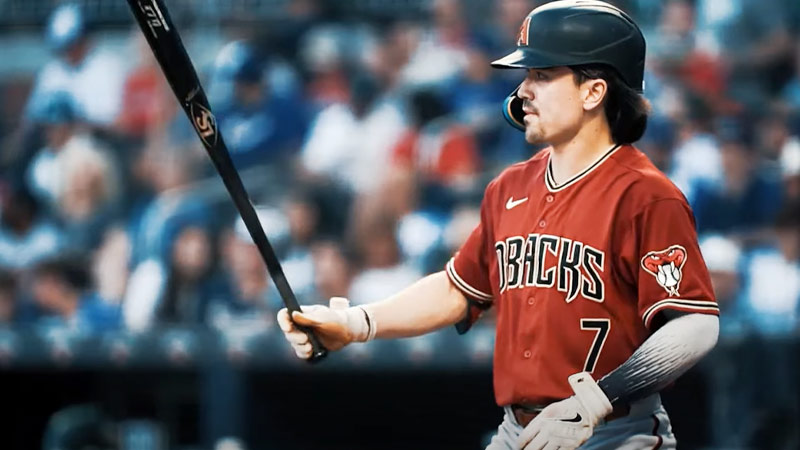
In Major League Baseball (MLB), the number of at-bats (AB) needed to qualify for the batting title is typically based on a player’s total plate appearances per team game during the regular season.
The standard requirement for qualification is approximately 3.1 plate appearances per team game. In a 162-game regular season, this translates to around 502 plate appearances.
It’s important to note that this threshold can be adjusted if the MLB season is shorter due to factors like strikes or pandemics. In such cases, MLB may prorate the plate appearance requirement to align with the shortened schedule.
The purpose of this plate appearance requirement is to ensure that players have a sufficient sample size of at-bats to be considered for the batting title.
The title is meant to recognize players with consistent hitting performance over the course of a full season.
Players who fall short of this plate appearance threshold won’t be eligible to compete for the batting title, even if they have a high batting average.
How Many at Bats to Qualify for Stats
The number of at-bats (AB) required to qualify for various statistical categories in Major League Baseball (MLB) can vary depending on the specific statistic and the context. Here are some common qualifications for certain statistics:
Batting Title
As mentioned earlier, to qualify for the batting title, a player typically needs to have a minimum of 3.1 plate appearances per team game during the regular season, which is roughly around 502 plate appearances in a 162-game season.
Home Run Title
There is no specific at-bat requirement for winning the home run title. Instead, it is based solely on the number of home runs hit during the season. The player with the most home runs in the league wins the home run title.
Stolen Base Title
Similar to the home run title, there is no at-bat requirement for winning the stolen base title.
It is determined by the total number of stolen bases during the season, and the player with the most stolen bases in the league wins the title.
Runs Batted In (RBI) Title
There is no at-bat requirement for winning the RBI title. It is based on the total number of runs batted in during the season, and the player with the most RBIs in the league wins the title.
Earned Run Average (ERA) Title (Pitchers)
Pitchers typically need a minimum number of innings pitched to qualify for the ERA title.
The exact requirement can vary but is usually around 1 inning pitched per team game, which is approximately 162 innings in a 162-game season.
This ensures that pitchers have a sufficient workload to be considered for the ERA title.
Wins and Losses (Pitchers)
There is no specific at-bat requirement for pitchers to qualify for wins or losses. These statistics are based on a pitcher’s performance in individual games.
It’s important to note that these qualifications are based on traditional standards, and specific rules and thresholds can vary over time or due to exceptional circumstances.
Exceptions and Special Cases for Batting Title
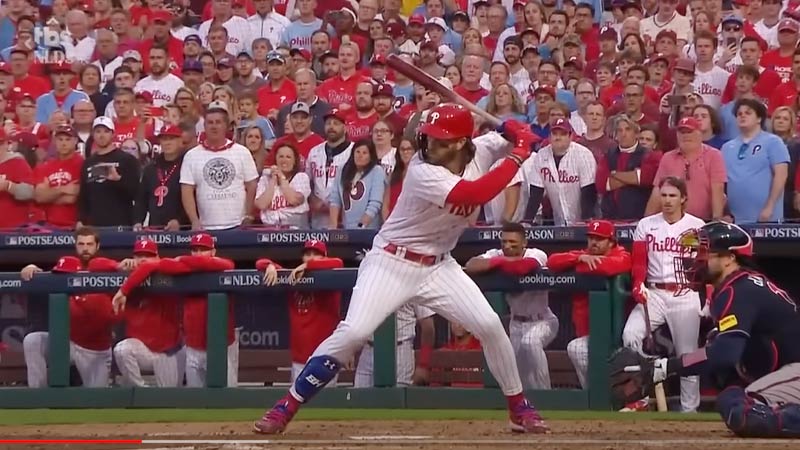
While the standard rule for qualifying for the batting title in Major League Baseball (MLB) is having a minimum of 3.1 plate appearances per team game, there are exceptions and special cases to consider:
Injured Players
If a player is injured and misses a significant portion of the season, they may not accumulate enough plate appearances to meet the standard qualification threshold.
In such cases, MLB has provisions to prorate the plate appearance requirement, ensuring that players with substantial missed time can still compete for the batting title.
The exact proration formula may vary depending on the circumstances and league decisions.
Shortened Seasons
During seasons affected by factors like strikes or pandemics, the number of games played may be reduced.
In such cases, MLB may adjust the plate appearance requirement proportionally to the shortened season. The goal is to maintain fairness and competitiveness for players in those unique seasons.
Partial Seasons
Players who are traded or called up from the minor leagues during the season may not have a full season’s worth of plate appearances with a single team.
In these cases, MLB may require players to meet a lower threshold to qualify for the batting title with their new team.
This ensures that players who excel after being traded or called up have a chance to compete for the title.
Players with High Averages
In some rare instances, a player may have an extraordinarily high batting average but fall short of the standard plate appearance requirement due to limited playing time.
While they may not officially win the batting title, they can still be recognized for having the highest average among players with the required number of plate appearances. This is often acknowledged in MLB records and discussions.
Controversies and Rule Changes
MLB’s rules and interpretations regarding the batting title qualification can evolve over time, leading to occasional controversies or adjustments in at-bats needed for the batting title.
It’s important to consult the most current MLB rules and regulations to understand the specific qualifications for any given season.
These exceptions and special cases are designed to ensure fairness and flexibility in determining eligibility for the batting title, considering the various challenges and circumstances that players may face during a baseball season.
FAQs
How many ab to qualify for the batting title?
In MLB, a player typically needs a minimum of 3.1 plate appearances per team game over the regular season.
This translates to approximately 502 at-bats in a 162-game season. The rule ensures a sufficient sample size for consideration.
What if a player misses games due to injury or other reasons? Can they still qualify for the batting title?
Yes, there are provisions for prorating the plate appearance requirement if a player misses significant time due to injury or other circumstances. MLB adjusts the threshold to maintain fairness in such cases.
Do pitchers have to meet the same at-bat requirement for the batting title?
No, pitchers are not eligible for the batting title. The title is exclusively awarded to position players who accumulate at-bats during the season.
Can players who are traded during the season compete for the batting title?
Yes, players who are traded or called up from the minors during the season can still qualify for the batting title. MLB may require them to meet a lower threshold with their new team to ensure fairness.
Are there any exceptions for shortened or unique seasons, such as strikes or pandemics?
Yes, MLB may adjust the plate appearance requirement proportionally for shortened seasons or in response to exceptional circumstances.
The goal is to maintain competitiveness and fairness for players in those unique situations.
Wrapping Up
The journey to securing a batting title in MLB is an arduous one, but it’s not just about hitting prowess; it’s about navigating rules and exceptions.
We’ve uncovered the answer to the burning question of how many at-bats it takes to qualify for this prestigious title, along with insights into special cases and unique seasons.
As the game continues to evolve, so do the rules governing its awards.
Whether a player barely makes the cut or falls short due to injury, understanding the intricacies of the batting title’s qualification process adds depth to our appreciation of this timeless sport.
So, next time you’re watching a player vie for the title, you’ll have a deeper understanding of the journey they’ve undertaken to earn their place in baseball history. Thank you.

